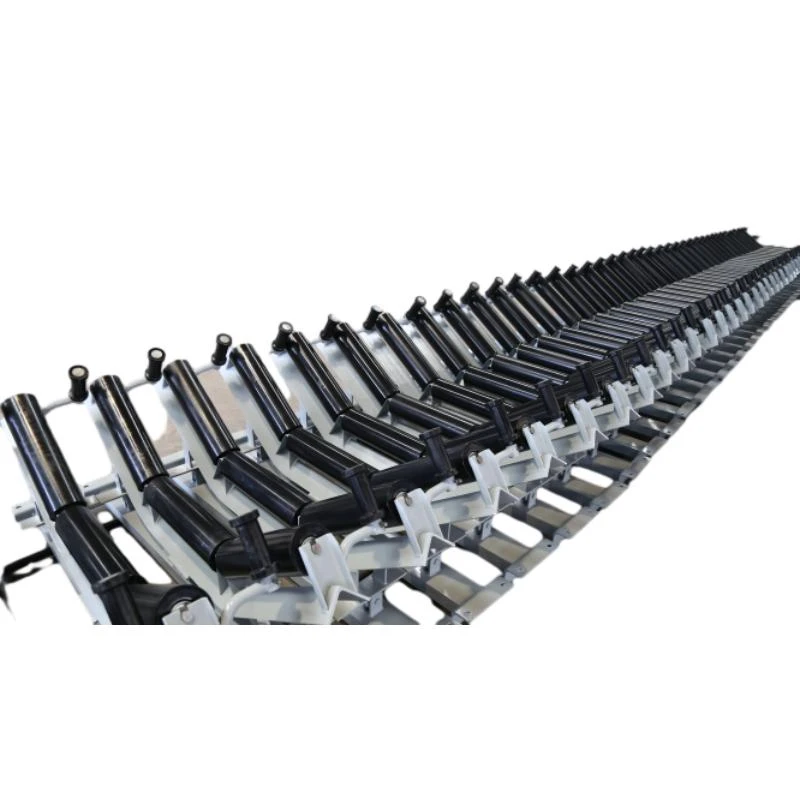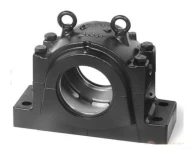 Afrikaans
Afrikaans  Albanian
Albanian  Amharic
Amharic  Arabic
Arabic  Armenian
Armenian  Azerbaijani
Azerbaijani  Basque
Basque  Belarusian
Belarusian  Bengali
Bengali  Bosnian
Bosnian  Bulgarian
Bulgarian  Catalan
Catalan  Cebuano
Cebuano  Corsican
Corsican  Croatian
Croatian  Czech
Czech  Danish
Danish  Dutch
Dutch  English
English  Esperanto
Esperanto  Estonian
Estonian  Finnish
Finnish  French
French  Frisian
Frisian  Galician
Galician  Georgian
Georgian  German
German  Greek
Greek  Gujarati
Gujarati  Haitian Creole
Haitian Creole  hausa
hausa  hawaiian
hawaiian  Hebrew
Hebrew  Hindi
Hindi  Miao
Miao  Hungarian
Hungarian  Icelandic
Icelandic  igbo
igbo  Indonesian
Indonesian  irish
irish  Italian
Italian  Japanese
Japanese  Javanese
Javanese  Kannada
Kannada  kazakh
kazakh  Khmer
Khmer  Rwandese
Rwandese  Korean
Korean  Kurdish
Kurdish  Kyrgyz
Kyrgyz  Lao
Lao  Latin
Latin  Latvian
Latvian  Lithuanian
Lithuanian  Luxembourgish
Luxembourgish  Macedonian
Macedonian  Malgashi
Malgashi  Malay
Malay  Malayalam
Malayalam  Maltese
Maltese  Maori
Maori  Marathi
Marathi  Mongolian
Mongolian  Myanmar
Myanmar  Nepali
Nepali  Norwegian
Norwegian  Norwegian
Norwegian  Occitan
Occitan  Pashto
Pashto  Persian
Persian  Polish
Polish  Portuguese
Portuguese  Punjabi
Punjabi  Romanian
Romanian  Russian
Russian  Samoan
Samoan  Scottish Gaelic
Scottish Gaelic  Serbian
Serbian  Sesotho
Sesotho  Shona
Shona  Sindhi
Sindhi  Sinhala
Sinhala  Slovak
Slovak  Slovenian
Slovenian  Somali
Somali  Spanish
Spanish  Sundanese
Sundanese  Swahili
Swahili  Swedish
Swedish  Tagalog
Tagalog  Tajik
Tajik  Tamil
Tamil  Tatar
Tatar  Telugu
Telugu  Thai
Thai  Turkish
Turkish  Turkmen
Turkmen  Ukrainian
Ukrainian  Urdu
Urdu  Uighur
Uighur  Uzbek
Uzbek  Vietnamese
Vietnamese  Welsh
Welsh  Bantu
Bantu  Yiddish
Yiddish  Yoruba
Yoruba  Zulu
Zulu Feb . 12, 2025 10:12
Back to list
snub roller
In the intricate world of conveyor systems, precision and efficiency are paramount. Among the numerous components that play a vital role in ensuring smooth operations, the snub pulley stands out. Understanding its location and function within a conveyor system can significantly impact the effectiveness of industrial operations.
Safety and maintenance are other significant aspects where the importance of the snub pulley’s location becomes evident. Regular maintenance checks can prevent many common issues associated with conveyor systems. By periodically inspecting the pulley, ensuring it is free from debris, and monitoring the tension levels, operators can forestall problems that could lead to downtime. Trustworthy maintenance practices extend the lifespan of both the pulley and the belt, highlighting the adage that preventative care is better than reactive remedies. In exploring the authoritative voices in this industry, many underscore the evolving role of technology in the maintenance and monitoring of conveyor systems. Innovative solutions such as digital monitoring can provide real-time feedback on the snub pulley’s performance, alerting operators to deviations from the norm before they develop into serious issues. Thus, integrating technology with traditional mechanical practices enhances reliability and efficiency, a clear testament to modern advancements in manufacturing and industrial engineering. Harnessing these insights can markedly improve a company’s operational efficiency. By ensuring that the snub pulley is correctly located and maintained, businesses can achieve seamless conveyor system functionality. This, in turn, contributes to operational resilience and can sustainably boost productivity. To gain a competitive advantage, it’s crucial to partner with professionals knowledgeable in both the theoretical foundations and practical applications of conveyor technology. Such expertise not only guarantees technically sound solutions but also fosters a culture of trust and reliability within the industry. By appreciating the role and significance of components like the snub pulley, companies are better positioned to optimize their processes, uphold safety standards, and maintain continuous production flow, ultimately leading to enhanced business outcomes.


Safety and maintenance are other significant aspects where the importance of the snub pulley’s location becomes evident. Regular maintenance checks can prevent many common issues associated with conveyor systems. By periodically inspecting the pulley, ensuring it is free from debris, and monitoring the tension levels, operators can forestall problems that could lead to downtime. Trustworthy maintenance practices extend the lifespan of both the pulley and the belt, highlighting the adage that preventative care is better than reactive remedies. In exploring the authoritative voices in this industry, many underscore the evolving role of technology in the maintenance and monitoring of conveyor systems. Innovative solutions such as digital monitoring can provide real-time feedback on the snub pulley’s performance, alerting operators to deviations from the norm before they develop into serious issues. Thus, integrating technology with traditional mechanical practices enhances reliability and efficiency, a clear testament to modern advancements in manufacturing and industrial engineering. Harnessing these insights can markedly improve a company’s operational efficiency. By ensuring that the snub pulley is correctly located and maintained, businesses can achieve seamless conveyor system functionality. This, in turn, contributes to operational resilience and can sustainably boost productivity. To gain a competitive advantage, it’s crucial to partner with professionals knowledgeable in both the theoretical foundations and practical applications of conveyor technology. Such expertise not only guarantees technically sound solutions but also fosters a culture of trust and reliability within the industry. By appreciating the role and significance of components like the snub pulley, companies are better positioned to optimize their processes, uphold safety standards, and maintain continuous production flow, ultimately leading to enhanced business outcomes.
Next:
Latest news
-
Revolutionizing Conveyor Reliability with Advanced Rubber Lagging PulleysNewsJul.22,2025
-
Powering Precision and Durability with Expert Manufacturers of Conveyor ComponentsNewsJul.22,2025
-
Optimizing Conveyor Systems with Advanced Conveyor AccessoriesNewsJul.22,2025
-
Maximize Conveyor Efficiency with Quality Conveyor Idler PulleysNewsJul.22,2025
-
Future-Proof Your Conveyor System with High-Performance Polyurethane RollerNewsJul.22,2025
-
Driving Efficiency Forward with Quality Idlers and RollersNewsJul.22,2025
OUR PRODUCTS





























